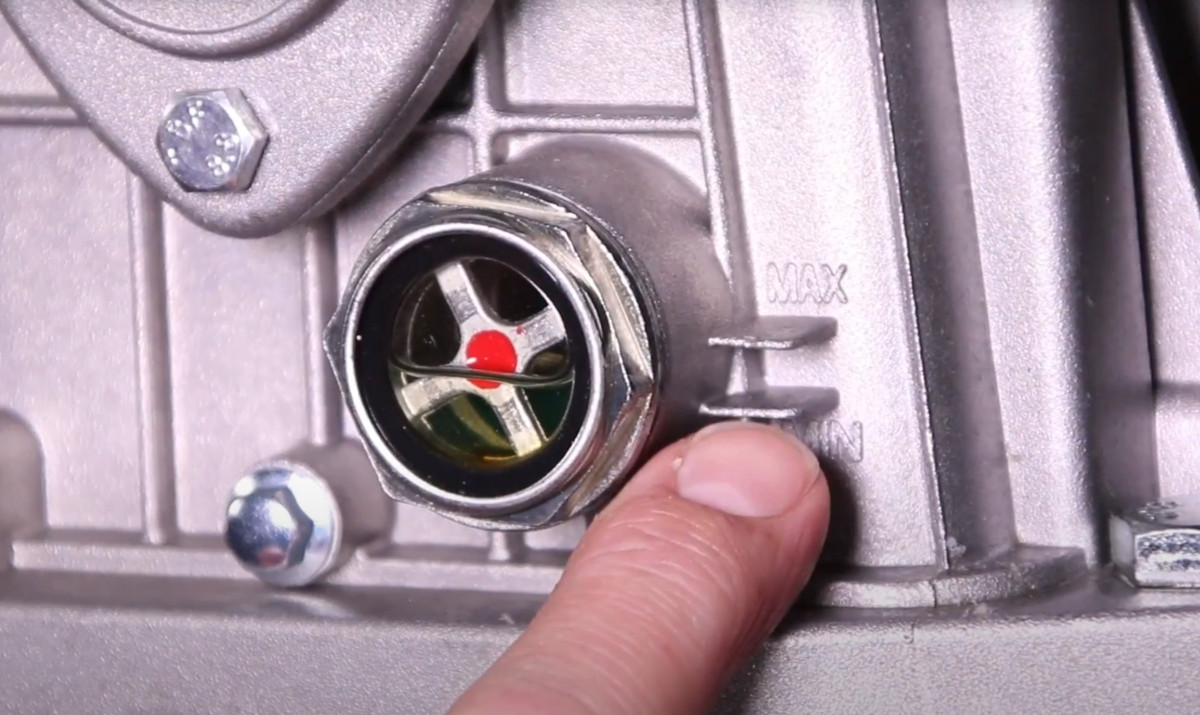11 Oct


Preventative maintenance:
When a compressor is first used, use a stopwatch and time how long it takes for the compressor to completely fill the tank from empty to full. Write down this time and make a note of it. Redo the same test every month. If the time is shorter, then there is moisture inside the tank. If the time is longer, then the compressor unit should be serviced. This preventative maintenance will decrease downtime. The repair cost will be more than the service.
Daily maintenance:
- Check the oil level of the compressor. Top up if required.
- Drain moisture from the tank by opening the drain valve located at the bottom of the tank. Do not open the drain valve if pressure exceeds 1.7 bar.
- Stop, look and listen for any unusual noise. If the compressor is running hotter than normal. If there are excessive vibrations or belt slippage. Correct before serious damage develops.
- Turn off the compressor at the end of each day's operation. Turn off the power supply (press in the red button on the pressure switch).
Weekly maintenance:
- Clean dust from the cylinder head, motor, fan blade, air lines, after cooler and tank.
- Remove and clean intake air filters. WARNING. Do not use compressed air against human skin. This could result in serious injury. Never wash elements in fuel, gasoline or a flammable solvent.
Every 90 days or 500-hour maintenance:
- Change the compressor oil. Use the correct type and grade of oil as specified by the manufacturer.
- Check the compressor for any leaks around the fittings.
- Make sure that all cap screws and nuts are fastened.








